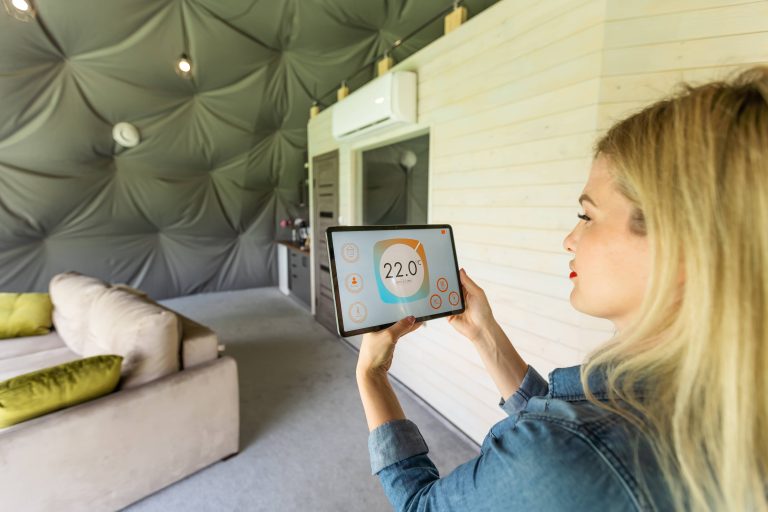
In today’s rapidly evolving world, the concept of a smart home is no longer a futuristic dream but a present-day reality. As technology continues to advance, the integration of smart devices into our living spaces has become increasingly common. However, with the growing awareness of environmental issues, the focus has shifted towards designing sustainable smart homes. This blog post will explore the key elements of creating a smart home that is not only technologically advanced but also environmentally friendly.
Understanding the Basics of a Smart Home
A smart home is equipped with devices that can be controlled remotely via a smartphone or computer. These devices are interconnected through the Internet of Things (IoT), allowing for seamless communication and automation. From smart thermostats and lighting systems to security cameras and voice-activated assistants, the possibilities are endless. However, the challenge lies in ensuring that these technologies contribute to sustainability rather than detract from it.
Energy Efficiency: The Cornerstone of Sustainability
One of the primary goals of a sustainable smart home is to reduce energy consumption. Smart thermostats, such as the Nest Learning Thermostat, are designed to learn your schedule and adjust the temperature accordingly, ensuring that energy is not wasted when you’re not at home. Similarly, smart lighting systems can be programmed to turn off automatically when a room is unoccupied, significantly reducing electricity usage.
Moreover, integrating solar panels with smart home technology can further enhance energy efficiency. By harnessing renewable energy, homeowners can reduce their reliance on fossil fuels and lower their carbon footprint. Smart inverters can optimize the energy flow from solar panels, ensuring that excess energy is stored or fed back into the grid.
Water Conservation: A Vital Component
Water conservation is another critical aspect of a sustainable smart home. Smart irrigation systems can monitor weather conditions and soil moisture levels to determine the optimal watering schedule for your garden. This not only conserves water but also promotes healthier plant growth.
Additionally, smart water leak detectors can alert homeowners to potential leaks, preventing water wastage and costly damage. By addressing leaks promptly, homeowners can save thousands of gallons of water each year.
Sustainable Materials and Design
When designing a sustainable smart home, it’s essential to consider the materials used in construction and interior design. Opting for sustainable materials, such as bamboo flooring or recycled steel, can significantly reduce the environmental impact of your home. Additionally, incorporating passive design principles, such as maximizing natural light and ventilation, can further enhance energy efficiency.
Smart Appliances: Reducing Waste and Consumption
Smart appliances, such as refrigerators and washing machines, are designed to operate more efficiently than their traditional counterparts. For instance, a smart refrigerator can monitor its contents and suggest recipes based on available ingredients, reducing food waste. Similarly, smart washing machines can adjust water usage based on the size of the load, conserving both water and energy.
The Role of Automation and AI
Automation and artificial intelligence (AI) play a crucial role in the functionality of a smart home. By automating routine tasks, such as adjusting the thermostat or turning off lights, homeowners can reduce energy consumption without sacrificing comfort. AI-powered systems can also analyze energy usage patterns and provide recommendations for further improvements.
The Importance of Connectivity and Integration
For a smart home to be truly sustainable, all devices must be seamlessly integrated and connected. This requires a robust network infrastructure and compatible devices. By ensuring that all systems work together harmoniously, homeowners can maximize efficiency and minimize waste.
Challenges and Considerations
While the benefits of a sustainable smart home are clear, there are challenges to consider. The initial cost of smart devices and renewable energy systems can be high, although these costs are often offset by long-term savings on utility bills. Additionally, privacy and security concerns must be addressed, as smart devices can be vulnerable to hacking.
Conclusion
Designing a sustainable smart home is a multifaceted endeavor that requires careful planning and consideration. By prioritizing energy efficiency, water conservation, and the use of sustainable materials, homeowners can create a living space that is both technologically advanced and environmentally responsible. As technology continues to evolve, the potential for sustainable smart homes will only grow, paving the way for a greener future.







